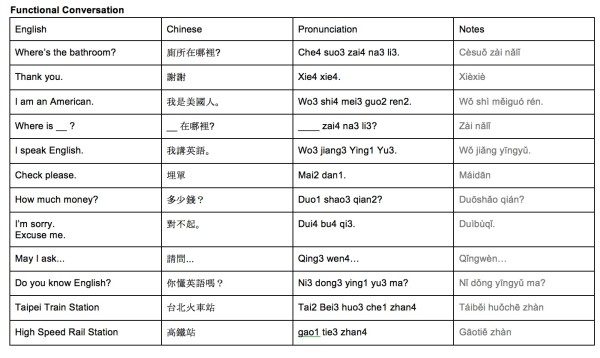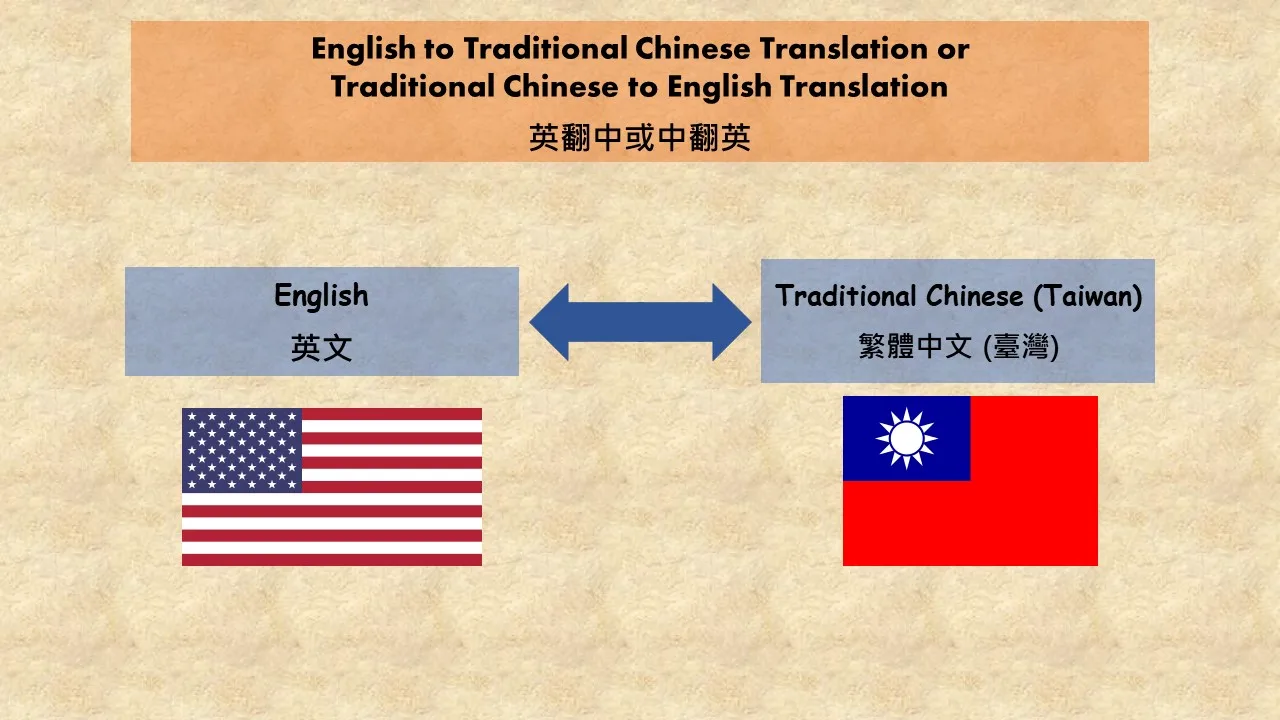English to Taiwanese translation is useful for travelers, students, and anyone who wants to connect with Taiwanese people. Whether you need to learn simple phrases or translate full sentences, understanding how English to Taiwanese works can make communication much easier. Taiwanese (Hokkien) is different from Mandarin, so learning the right words can help you in daily life.
Many people in Taiwan speak Mandarin, but Hokkien is still widely used, especially among older generations and in southern Taiwan. If you want to talk to locals, order food, or ask for directions, knowing some basic Taiwanese phrases will be very helpful. In this blog, we will explore the best ways to translate English to Taiwanese, useful words to learn, and tools that can help you.
Why Learning English to Taiwanese is Important
English to Taiwanese translation helps travelers, students, and workers communicate better in Taiwan. While Mandarin is widely spoken, many locals, especially the older generation, speak Taiwanese (Hokkien). Learning a few words can make your trip or stay much easier.
Understanding Taiwanese culture is also important. Language is a big part of it, and speaking even a little Taiwanese shows respect. It helps in markets, local restaurants, and small towns where English is not common. People appreciate when foreigners try to speak their language.
Another reason to learn English to Taiwanese is for business. If you work in Taiwan or with Taiwanese companies, knowing some basic words can help build better relationships. Even a simple greeting in Taiwanese can make a good impression.

Difference Between Mandarin and Taiwanese (Hokkien)
Taiwanese and Mandarin are two different languages. Mandarin is the official language of Taiwan, but many people also speak Taiwanese, especially in the south. Learning the difference can help you use the right words in the right place.
Mandarin uses simplified and traditional Chinese characters, while Taiwanese uses different tones and pronunciation. It also has words that do not exist in Mandarin. This makes it harder for Mandarin speakers to understand Taiwanese.
If you visit Taiwan, you will hear Mandarin in schools, offices, and government places. Taiwanese is more common in homes, markets, and rural areas. Knowing when to use each language is useful for travelers and expats.
Best Ways to Translate English to Taiwanese
Translating English to Taiwanese can be difficult, but there are ways to make it easier. Some words do not have a direct translation, so learning basic phrases is better than translating word-for-word.
- Use online translation tools – Apps like Google Translate or Pleco can help with common words and sentences. However, they are not always accurate for Taiwanese.
- Watch Taiwanese videos – Listening to native speakers on YouTube or TV shows helps with pronunciation and understanding.
- Practice with native speakers – Speaking with locals or language exchange partners is the best way to improve. Many Taiwanese people are happy to help.
Learning a few important words first makes communication easier. Start with greetings and everyday phrases before moving to longer sentences.
Top English to Taiwanese Words and Phrases for Beginners
If you are just starting, here are some useful words and phrases:
- Hello – Li-ho
- Thank you – To-siā
- Yes – Si
- No – Bô
- How much? – Kuí tsē?
- Where is the bathroom? – Pêng-su ê tī tó-uī?
These basic words will help in many situations. If you forget a word, speaking slowly and using gestures can also help people understand.
How to Pronounce Taiwanese Words Correctly
Pronouncing Taiwanese words correctly takes practice. The language has different tones, which change the meaning of words. Even small mistakes can cause confusion.
The best way to learn pronunciation is by listening to native speakers. Watching videos or using language apps can help. It is also useful to repeat words out loud several times.
Some sounds in Taiwanese are not in English. For example, the “ts” sound in words like “tsài” (vegetables) is tricky for English speakers. Practicing difficult sounds slowly can help improve pronunciation.
English to Taiwanese: Best Apps and Online Tools
Technology makes learning English to Taiwanese easier. Many apps and websites offer translations and pronunciation guides. Here are some good ones:
- Pleco – A dictionary app with pronunciation help.
- Tâi-gí Chú-tián – A Taiwanese dictionary for advanced learners.
- YouTube – Many free videos teach basic phrases and pronunciation.
These tools are helpful, but speaking with real people is the best way to learn. Apps can assist, but real conversation builds confidence.
How English to Taiwanese Helps in Daily Life
Knowing some Taiwanese words can make everyday life easier. In markets, local restaurants, and taxis, many people do not speak English or Mandarin well. Using simple phrases can help you get what you need.
Ordering food is a common challenge. Some menus are only in Chinese, so knowing basic food words helps. Asking for prices or directions is also easier with a few key phrases.
Even if you only know a little Taiwanese, people appreciate the effort. It can make interactions friendlier and more enjoyable.
Is Taiwanese Difficult to Learn? Tips for Beginners
Taiwanese is not easy for English speakers, but with practice, it gets easier. The hardest parts are tones and pronunciation. Since there are no official textbooks, finding good learning materials can be difficult.
- Start with basic words and short sentences.
- Listen to native speakers as much as possible.
- Practice speaking daily, even if it’s just a few words.
Patience is key. Learning any new language takes time, but small steps lead to progress.

Conclusion
Learning English to Taiwanese is helpful for travelers, students, and anyone who wants to connect with locals. Even a few words can make a big difference in daily life. Taiwanese people appreciate when foreigners try to speak their language, so don’t be afraid to practice.
With tools, apps, and practice, learning Taiwanese is possible. Start with basic phrases, listen to native speakers, and practice speaking daily. Over time, you will feel more confident using the language.
FAQs
Q: Is Taiwanese the same as Mandarin?
A: No, Taiwanese (Hokkien) and Mandarin are different languages with different pronunciation and words.
Q: What is the easiest way to learn Taiwanese?
A: Start with basic words, listen to native speakers, and practice speaking daily.
Q: Can I use Google Translate for Taiwanese?
A: Google Translate can help, but it is not always accurate for Taiwanese words and phrases.






